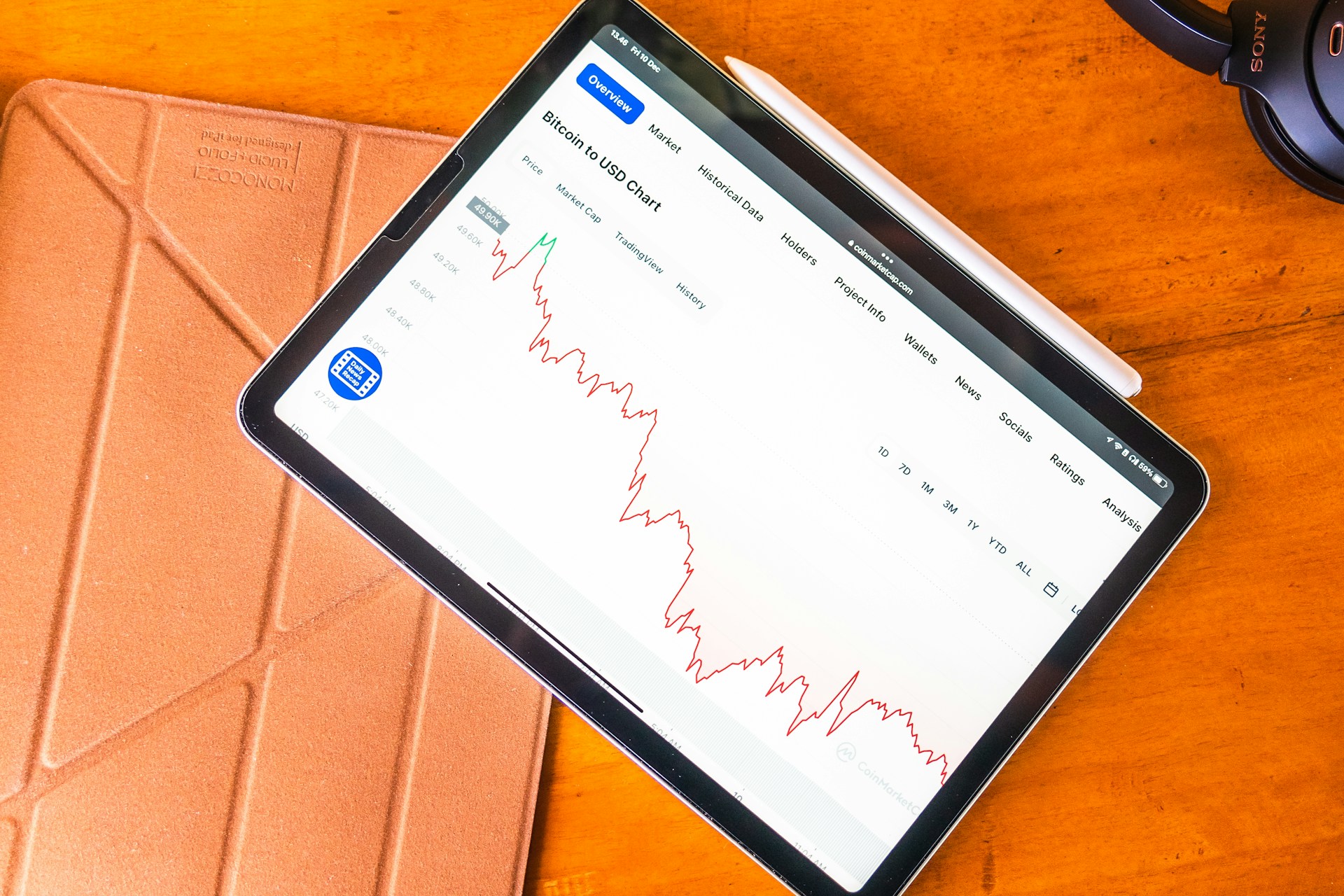FEATURED INSIGHTS
-
What Exactly is Data Engineering?
Like oil to a car, data fuels your business
In the digital age, data is the new oil. It powers decision-making, innovation, and even the products we use daily. But how does raw, unstructured data transform into actionable insights?
The answer lies in data engineering. While it might not always be in the spotlight, data engineering is the backbone of the modern data ecosystem. Let’s break down what it is and why it matters.
MORE
-
5 Data Analytics Trends to Watch in 2025
The data analytics landscape is undergoing transformative shifts. Businesses, governments, and individuals alike are leveraging data to gain deeper insights, make smarter decisions, and predict future trends.
Staying ahead of the curve means keeping an eye on emerging technologies and methodologies shaping the industry. Here are five key trends in data analytics to watch for in 2025.
MORE
-
When Should Your Business Use Data Visualizations?
Making Sense of Complex Information is Essential for Businesses to Thrive
One of the most effective tools for achieving clarity is data visualization. By turning raw numbers into visually digestible insights, your company can make smarter decisions, communicate effectively, and achieve better outcomes.
MORE
-
What Exactly is a Data Pipeline?
What Exactly Is a Data Pipeline?
In today’s data-driven world, organizations rely on data to make informed decisions, drive innovation, and stay competitive. Raw data is often messy, scattered across various sources, and not immediately usable. This is where data pipelines come into play. But what exactly is a data pipeline? Let’s break it down.
Definition of a Data Pipeline
A data pipeline is a series of processes that automate the movement and transformation of data from one system to another. Think of it as a pathway that raw data travels through to become valuable insights. The pipeline’s primary goal is to ensure data is collected, processed, and delivered reliably and efficiently.
A data pipeline typically involves three main stages:
- Ingestion: Capturing raw data from various sources such as databases, APIs, sensors, or user inputs.
- Processing: Cleaning, transforming, and enriching the data to make it usable. This may involve filtering, aggregating, or even applying machine learning models.
- Storage and Output: Delivering the processed data to a destination like a database, data warehouse, or visualization tool for analysis.
-
5 Data Analytics Methods to Understand Your Customers Better
Use data analytics to better understand customers by segmenting them into actionable groups, predicting their behaviors, analyzing their sentiments, mapping their journey across touchpoints, and personalizing experiences based on their preferences and history.
1. Customer Segmentation
How: Use clustering algorithms or other segmentation techniques to group customers based on demographics, purchasing behavior, or preferences.
Why: Understand distinct customer groups to tailor marketing campaigns and product offerings.
Example: Segmenting customers into “frequent buyers,” “seasonal shoppers,” and “one-time buyers” to create targeted promotions.
MORE
-
Understanding Granularity in Data Analytics & Business Reporting: Why It Matters and How to Get It Right?
Granularity is one of the cornerstone concepts in data analytics and business reporting, influencing how data is structured, analyzed, and interpreted. But what does granularity mean, and why is it so crucial?
Let’s dive into the details and explore how understanding granularity can lead to more accurate and insightful data analysis.
MORE
Recent Posts
-
What Exactly is Data Engineering?
-
Turning Construction Timesheets into Payroll
-
Why Businesses Are Embracing Data Analytics?
-
What Tools and Software will you use to Build our Construction Company’s Web Application for Automated Proposal Making?”
-
How Can My Company Get Started with Data Analytics?
-
Visualizations and Dashboards?
-
What Does a Data Analytics Company Mean When They Say “Web App”?
-
What Value Will Automated Reporting Bring My Company?
-
Specific Data Analytics Use Cases in the Retail Industry
-
What is Bespoke Reporting in Data Analytics?
-
An Introductory Guide to Data Visualizations
Categories
- Blog (26)
- Case Study (4)






